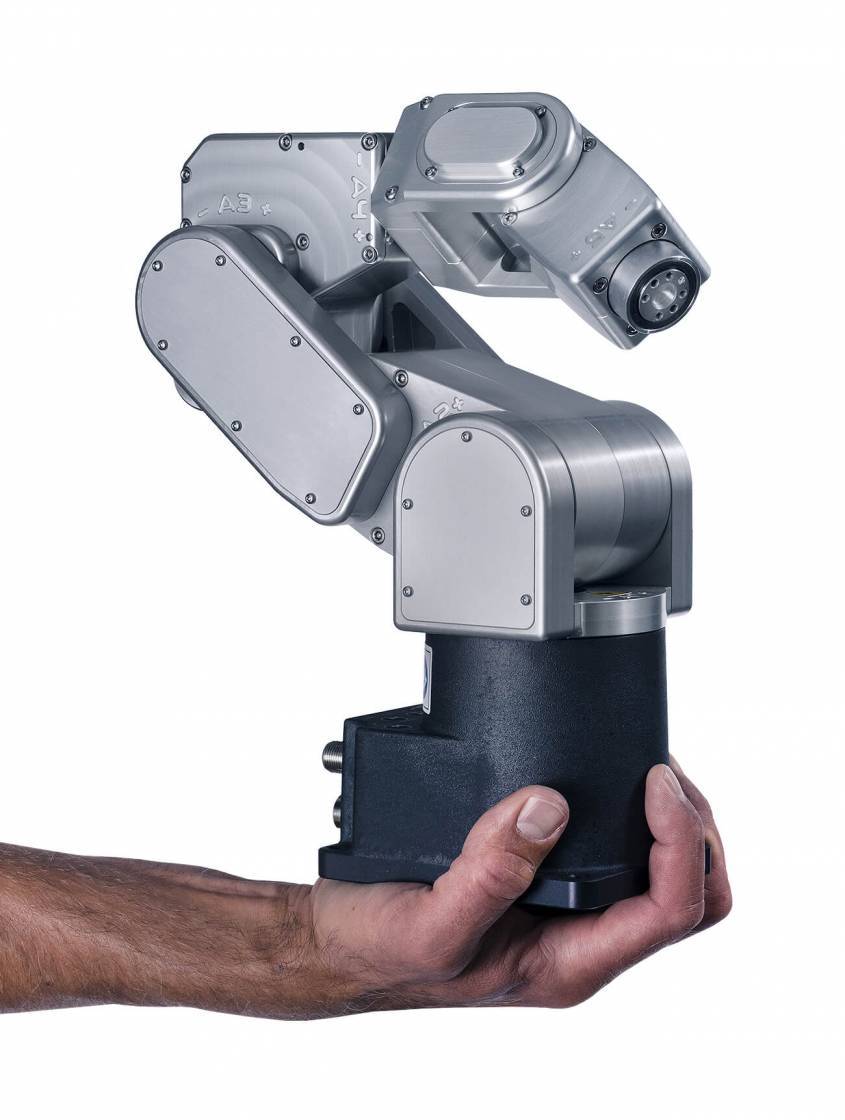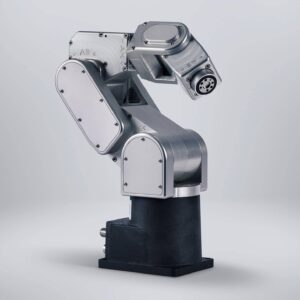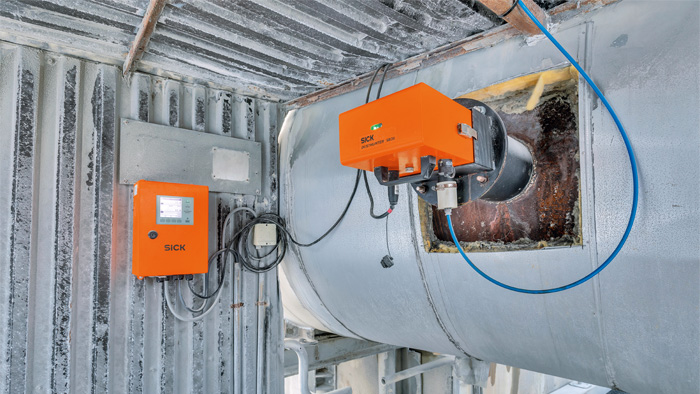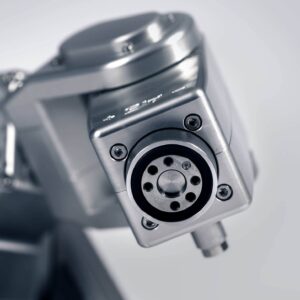We’ve compiled the trends in electronics manufacturing, predicted by experts from SICK and Mecademic Robotics
Over the next five years, electronics manufacturing is projected to grow globally at a rate of nearly 12 percent, according to Research and Markets, and accounts for an average of 4,151 robot installations per year in the United States from 2018-2020, according to the International Federation of Robotics. With recent supply chain issues hitting the electronics industry hard, many companies are looking to bring production operations back to the United States and Canada to further streamline.
As a result, there is an increasing need for flexible automation to assist with this growth and take over repetitive and mundane tasks from human workers. Many in the industry are seeing a renewed focus on improvements in production quality and yield of consumer devices, semiconductors, fiber optics, and industrial equipment products.
One such method for this improvement is through the implementation and use of robot arms armed with intelligent sensor solutions. We sat down with experts from SICK and Mecademic Robotics to discuss some trends they are seeing in the industry related to robotics and vision.
User-Friendly Robots
As the electronics industry begins to further embrace robots as a tool for improving productivity, there is a growing need for these new partners to be very user-friendly and easily integrated into production.
“Current collaborative robots on the market are significantly easier to use, which makes it much simpler to integrate into an existing production process and there is no reason an industrial robot should be any different,” said Stanislav Gleizer, Director of Applications and Support at Mecademic Robotics.
One such way an industrial robot can be more user friendly is by having an existing ecosystem in place with all necessary components already determined and ready to be turned on. This could include the robot itself, grippers, and intelligent 2D or 3D vision sensor solutions.
“We are constantly investing in our Application Engineering Support for our robot, which saves our customers time on engineering,” Gleizer said.
The major advantage to robot solutions such as the one from Mecademic Robotics and SICK is that they does not require a significant amount of programming or robotics knowledge to get them up and running. In fact, that’s one of the main advantages of the Meca500 robot – its simplified programming environment requires no proprietary language to program. This makes it more accessible and easily programmable than industrial robots on the market.
High-Mix-Low-Volume Manufacturing
A growing trend is the increase in the number of different products created in electronics manufacturing in smaller batch sizes. This High-Mix-Low-Volume manufacturing, also often referred to as make-to-order manufacturing, may make you think that a unique and complex solution is required to automate. But the solution is simpler than you may think.
In a High-Volume-Low-Mix production, it is often easier to automate those production processes because there is very little variability in product and the ROI calculations become easier. However, with a High-Mix-Low-Volume manufacturing company, it requires a significant return on investment to implement similar styles of automation to those seen in high-volume-low-mix because the variability in product and flexibility required is so vast. A different approach is needed to successfully automate in these instances.
“In many instances, industrial robots used in High-Mix-Low-Volume manufacturing are highly optimized for just one process and, once you have to change to a new application, it requires significant re-programming efforts due to changes in fixturing and tooling, and so on,” said Naveen Krishnan, Area Manager at Mecademic Robotics. “Our system is user friendly, connected, precise, and offers flexibility in integration. This allows our users to get the system up-and-running without significant engineering effort.”
Flexible and Agile Robot Solutions
Flexible robotics automation is a way to fill the gap with the loss of labor currently facing the industry. Though much of the production was done overseas in the past, with bringing production back to North America, it requires production processes to adjust. To create these flexible and agile solutions, vision systems are a necessity.
“These high-mix-low-volume processes aren’t always easy to automate in a simple way, but robots can be very valuable in higher mix applications,” said Nick Longworth, Market Product Manager for Robot Guidance Vision Systems at SICK. “The best way to see a strong return on investment, in these cases, is by applying an easy-to-use machine vision system to complete the pick-and-place tasks. Smaller lots require a more flexible solution. You could never make fixturing for such small lot sizes. That’s why vision systems are needed.”
Although it can be complex to deploy vision-enabled robots onto the production floor, doing so allows robots to handle monotonous, repetitive tasks without having to invest in customized fixturing or engineering costs every time there is a change in the process or product.
“For every robot application, we will typically need a vision system to do an inspection, product localization, gauging, etc. Every step of the production process must be inspected or validated. Every single assembly process, gluing process, and so on needs to be inspected before moving on to the next station,” Krishnan said. “Vision is the most robust inspection system out there. That’s why many robots have vision embedded in there because they know the value of a vision system.”

Vision Solutions for Inspection and Testing
Finding the right vision solution is just as critical as finding the right robot. Without machine vision, the robot cannot see and adapt accordingly to its environment.
“When a robot is paired with a great vision system, like a 2D or 3D camera, that vision system can actively adapt to whatever the robot is seeing,” Longworth said. “This means you can avoid having to create expensive fixturing to adapt to these changes in production.”
For example, when using vision-guided robot systems from SICK, like the PLOC2D or the PLB, it can easily help manufacturers adapt to whatever part is being produced that day. SICK inspection products such as the Trispector or InspectorP can help manufacturers maintain quality within those parts being produced.
“Without vision, everything in your cell has to be perfect for your end product to be good. Vision lets you account for any little variation,” Gleizer said. “Robot vision is also necessary to properly inspect and put good products out the door.”
 Key Advantages of Mecademic Industrial Robots
Key Advantages of Mecademic Industrial Robots
- Integrated, simplified controllers
- Very small with a compact footprint
- Extremely precise with a repeatability of 5 micrometers
- Hardware and software agnostic system with a simplified programming environment requiring no proprietary programming language and supporting multiple interfaces (TCP/IP, EtherNetIP, EtherCAT) natively.
- Flexible installation that can be mounted in any position you want, even upside down or sideways
- Free firmware updates included
- Low power consumption
Looking for more information about this type of solution?






